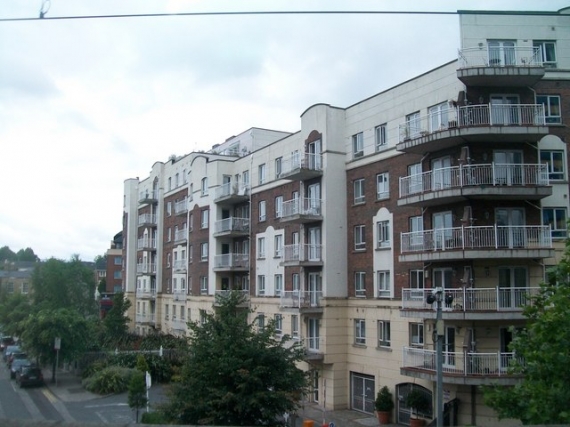
The latest Daft.ie Rental report released today shows that, on average, listed rents increased by 10.4% during 2017. This compares with an increase of 13.5% in 2016, 9% in 2015 and 10.7% in 2014.
Not surprisingly, the report shows that in Dublin, the streak is longer - rents have increased by 10% or more every year since 2013 — with the exception of 2015, when rents increased by 8.2%. This means that rents in the capital have increased by an average of 81% from their lowest point. That low was in late 2010, meaning that Dublin rents have risen, in year-on-year terms, for 26 consecutive quarters. This is twice as long as the previous market upswing, which lasted from early 2005 to mid-2008. It's also twice as long as the downturn, which lasted the following four years.
Daft.ie say the focus on Dublin is sometimes questioned but, at least in the rental market, is merited. Outside Dublin, rents have increased by 52% on average — well below the increase seen in the capital. And this figure itself is dragged up by areas within the functional Dublin economy: Meath and Louth, for example, have seen rents rise by 81% and 78% respectively since bottoming out. Cork, Galway and Limerick have also seen significantly larger rent increases than the national average — with increases of slightly more than 65% in each case.
According to Daft.ie, these changes highlight the structural shifts at work in the economy. In particular, Ireland is converging to its economic peers in Europe and elsewhere, shifting away from agriculture (and manufacturing) and into services. A shift into services means a shift into cities and this is what is putting pressure on the housing market, especially in urban areas.
Currently, two thirds of Ireland's population lives in cities — compared to an average among OECD peers of 80%. But this fraction has been creeping up over the last half-century and, given density is needed to make the services Ireland enjoys viable, this pressure is not going to go away any time soon.
If Ireland's population were to grow by 1% a year between now and 2040, roughly the rate it has grown over the last few decades, its population would be 6 million by then. And if 80% of our population live in the cities in 2040, this means they will house 4.8 million people, up from 3.1 million currently.
The other 1.2m people in 2040 will live in rural areas. Currently, though, there are 1.7m people living in rural areas. So, Daft.ie believe that over the coming generation, urban areas will grow by something like 2% a year, while rural areas will see their populations shrink by 1.5% a year.
According to Goodbody Stockbrokers, "Perhaps more open to policymakers is the relative importance of Dublin compared to Ireland's four other cities. Dublin can appear at first glance to be somewhat outsized relative to the country's other cities — although once you factor in Belfast and Derry, Ireland looks very similar to most other countries in terms of the how the bigger cities compare to the smaller ones."
They added, "In fact, somewhat paradoxically, the best hope for rural Ireland lies in the success of the cities. The bigger Dublin and Ireland's other cities grow, the bigger the population that can be sustained in rural areas. Or to put it another way, if rural Ireland appears consigned to 20% of the total, then it is in the interest of rural Ireland for the total to be as large as possible."
Source: www.businessworld.ie

















